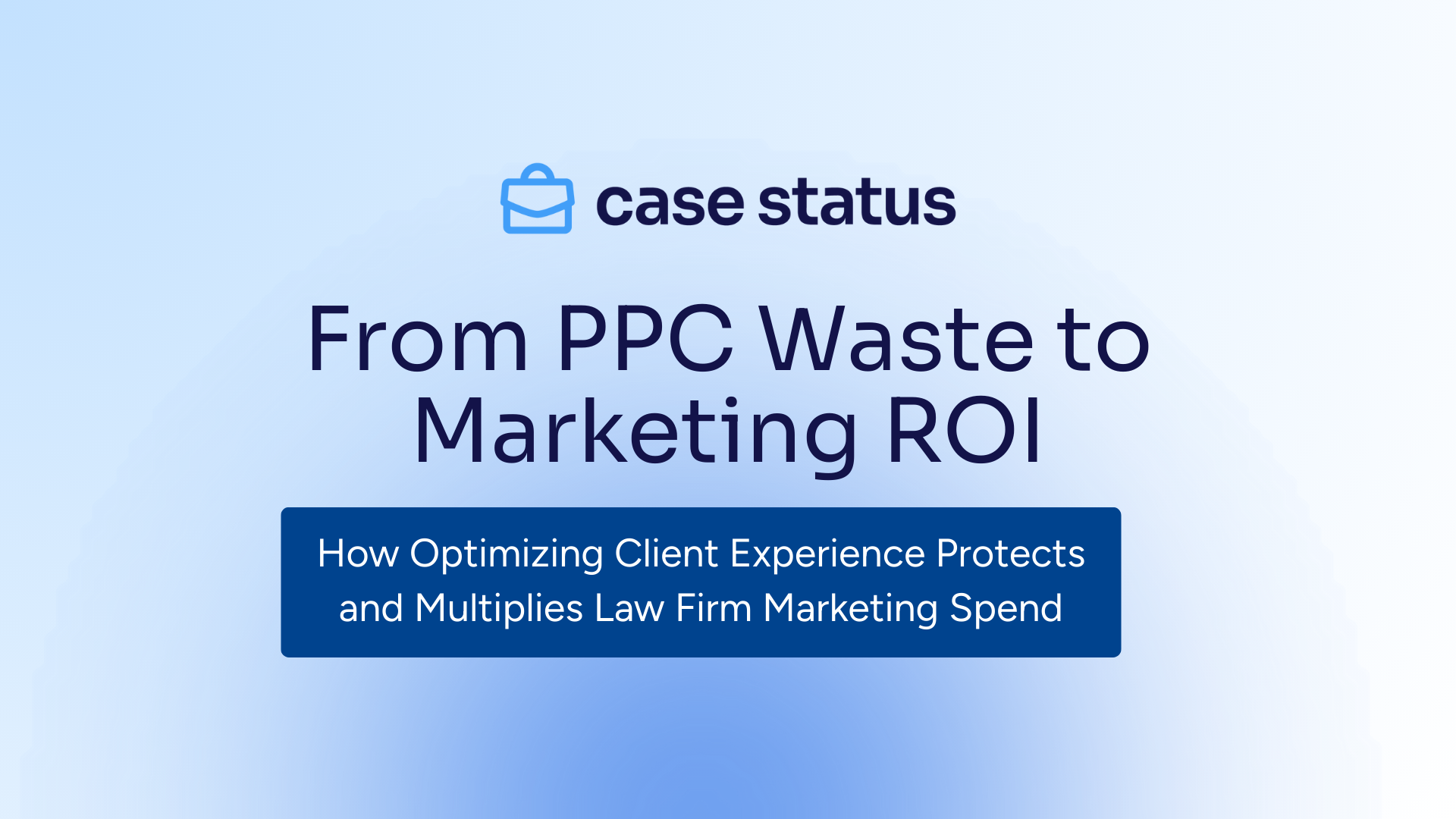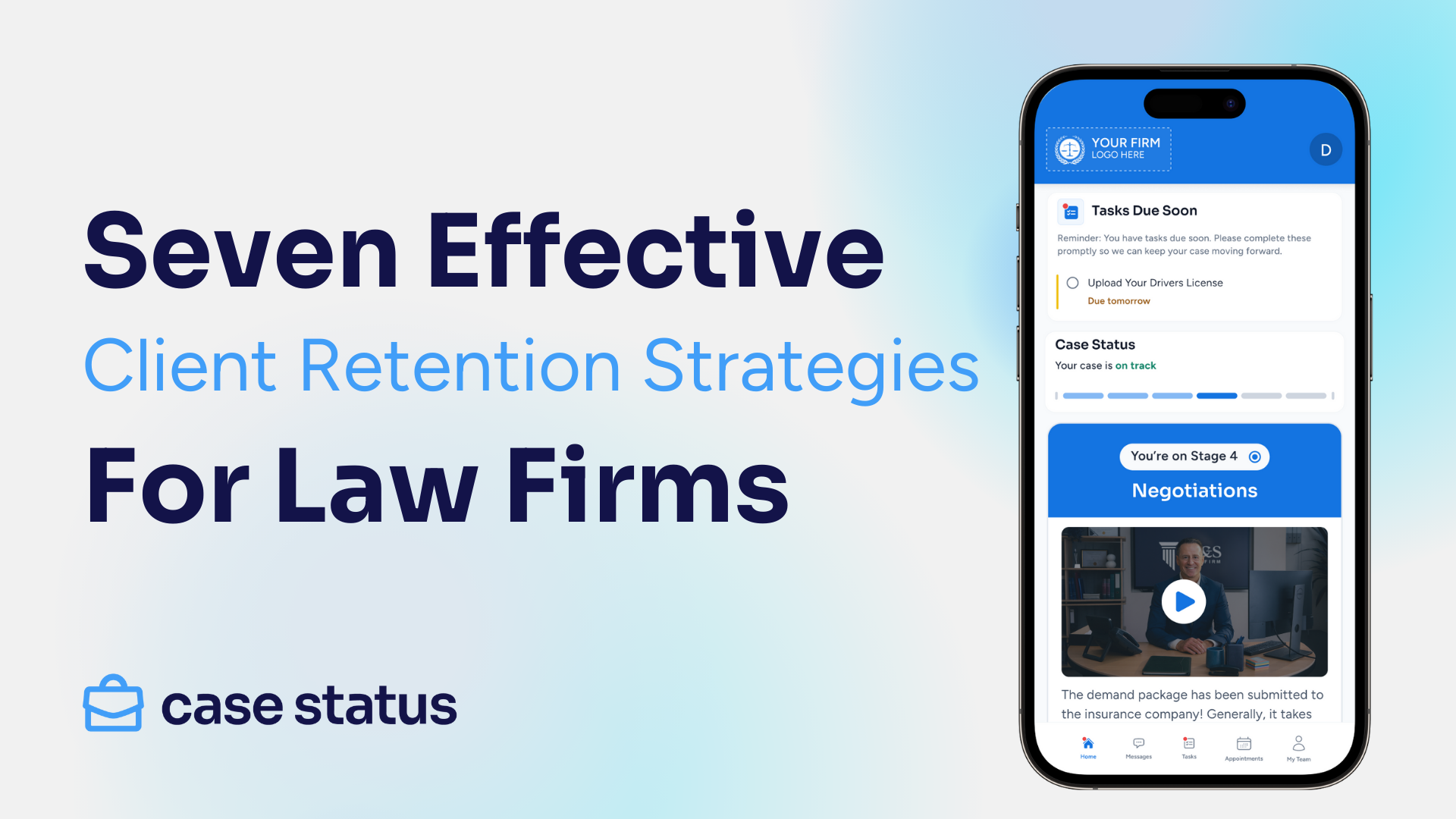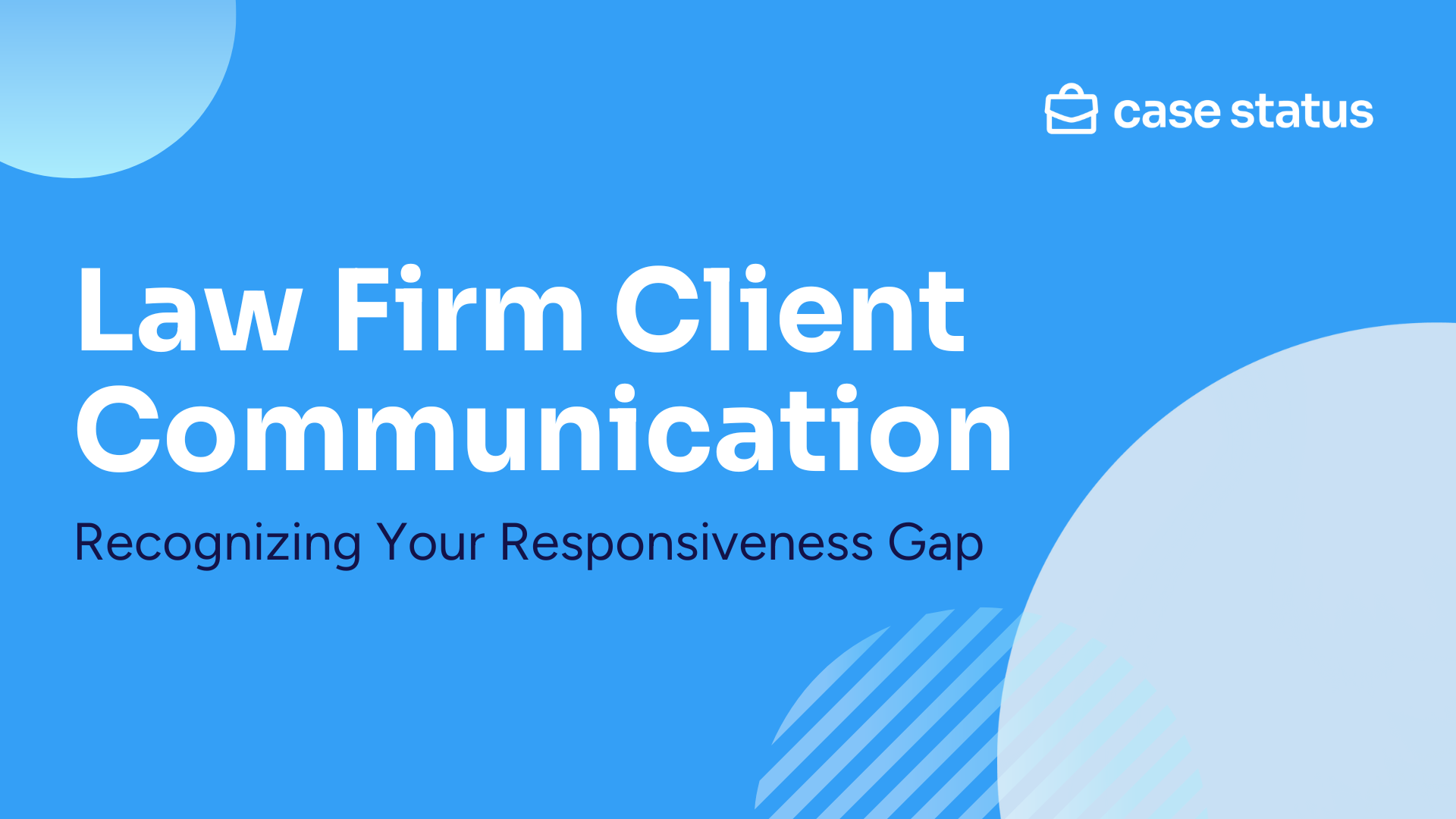
At my law firm, we’ve seen firsthand how customer success has emerged as a central strategy for growth and retention across multiple industries—particularly in sectors where service and relationships drive revenue. While legal services have traditionally relied on reactive client communication and siloed team functions, I’ve found that today’s legal consumer demands something different: proactive, consistent, empathetic engagement. Just as software companies have adopted customer success roles to ensure client satisfaction and long-term loyalty, I believe that law firms like mine now have a compelling opportunity to adopt a similar model tailored for the legal experience.
As client expectations evolve and competition intensifies, law firms are being challenged to rethink how they deliver value beyond legal outcomes. Increasingly, clients are seeking not just legal expertise, but a service experience that is transparent, responsive, and emotionally intelligent. This shift presents a powerful opportunity for firms to adopt a client success model—an approach proven in other industries—to proactively manage relationships, improve satisfaction, and drive long-term growth.
With that in mind, I want to share how my firm approached building a client success organization, the ways we effectively implemented it, and why I think it is essential to staying competitive in a client-first era.
Customer Success Across Industries
The concept of customer success originated in the technology sector, particularly in Software-as-a-Service (SaaS) businesses that rely on long-term customer engagement and retention. Unlike customer service, which responds to problems after they arise, customer success is about anticipating client needs and guiding them to achieve their desired outcomes. Industries like healthcare, finance, and hospitality have adopted this model, embedding client experience into the core of their operational strategies.
Customer success teams often handle onboarding, check-ins, success plans, and proactive communication. They are evaluated not just on satisfaction, but on measurable outcomes such as churn reduction and upsell potential. A key feature is the tracking of sentiment and loyalty using tools like Net Promoter Score (NPS), which helps firms identify both risks and referral opportunities.
Law firms have historically operated without this layer of client advocacy. Yet, modern clients aren’t comparing their lawyer to the firm down the street—they’re comparing them to Amazon. The expectations set by tech-forward companies now shape how clients perceive value in any service relationship.
Legal Services as a Client-Centric Business
Despite offering critical services during some of life’s most sensitive moments, law firms often fail to deliver an experience that meets the emotional and informational needs of their clients. According to legal tech platform Case Status’s 2025 Legal CX Report, a significant perception gap between lawyers and clients: while 72% of attorneys believe their firm is caring, only 40% of clients agree. That stat really stood out to me. Even more concerning is that just 21% of clients reported being asked for feedback or feeling that their legal team cared about their experience.
This dissonance reveals more than a communication issue—it points to a lack of intentional systems built around the client journey. Traditional legal operations rely heavily on sporadic updates and outdated communication methods like phone and email. Yet today’s consumers—conditioned by services like Uber and Delta—expect on-demand access, real-time updates, and seamless mobile interactions. Only 9% of law firms offer clients a dedicated mobile app, even though 93% of smartphone use occurs in apps.
As legal services transition into a buyer’s market, where reputation and client experience drive business, law firms that ignore these gaps risk falling behind.
Leadership Buy-In and Organizational Alignment
Creating a client success function is not a plug-and-play tactic; it requires intentional leadership, structural support, and cultural alignment. At our firm, we created a dedicated role focused solely on client experience: Client Happiness Coordinator. It's not just a symbolic title—this person became the cornerstone of our system designed to deliver proactive, empathetic, and responsive service.
But leadership alone is not enough. Each member of our team, from receptionist to managing partner, must understand how their role contributes to the firm’s client success mission. We invested in regular training and built clear protocols—such as responding to NPS scores or handling negative feedback—so that everyone knew how to contribute.
—
The future of law is client-first. In a marketplace where reviews, referrals, and retention are driven by experience—not just outcomes—I’m convinced that firms who ignore client success will struggle to compete. Every firm has the opportunity to build a structure that proactively manages and delights its clients.
Client success is no longer a nice-to-have. It is essential to practice growth, ethical engagement, and operational excellence. So here’s my advice: Appoint a dedicated leader. Audit your client journey. Integrate the tools and feedback loops that empower clients—and your team.
Now is the time to build trust at scale. I’ve seen the difference it makes and I believe your future clients—and your bottom line—will too.



